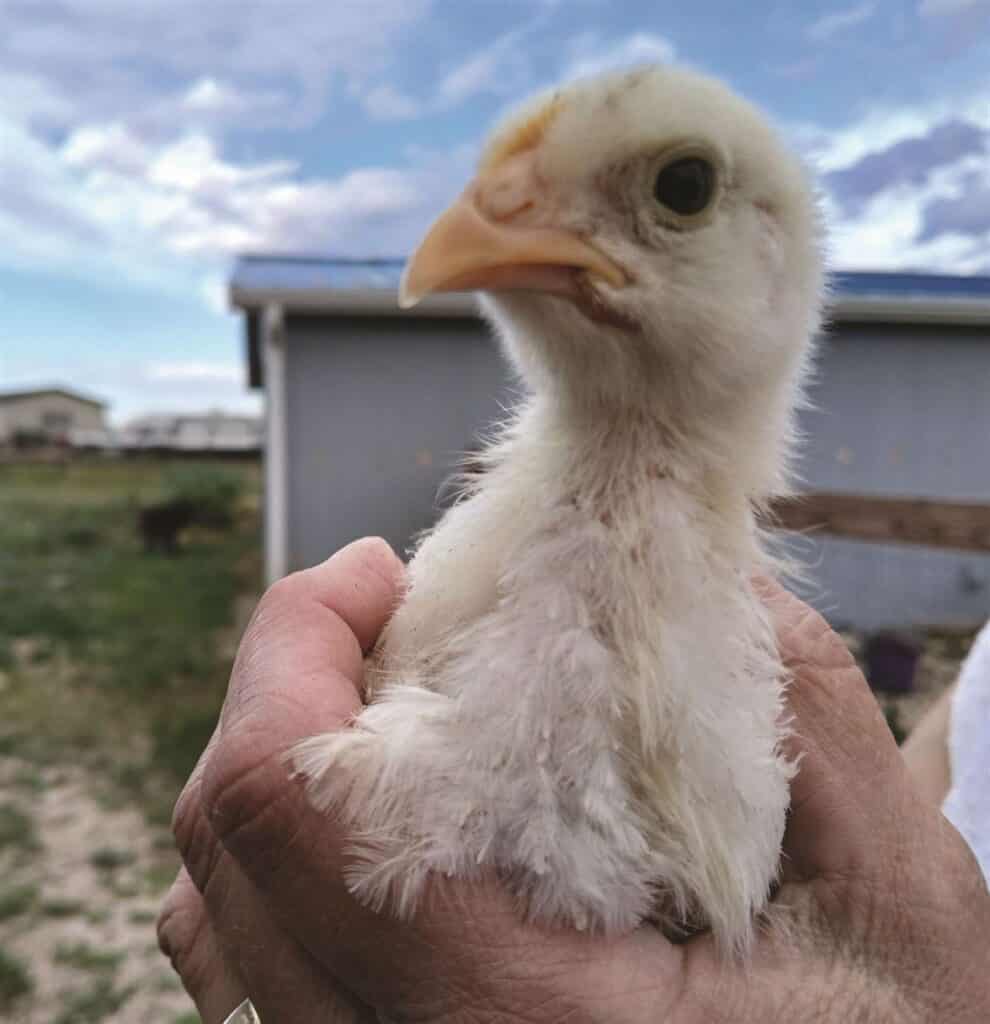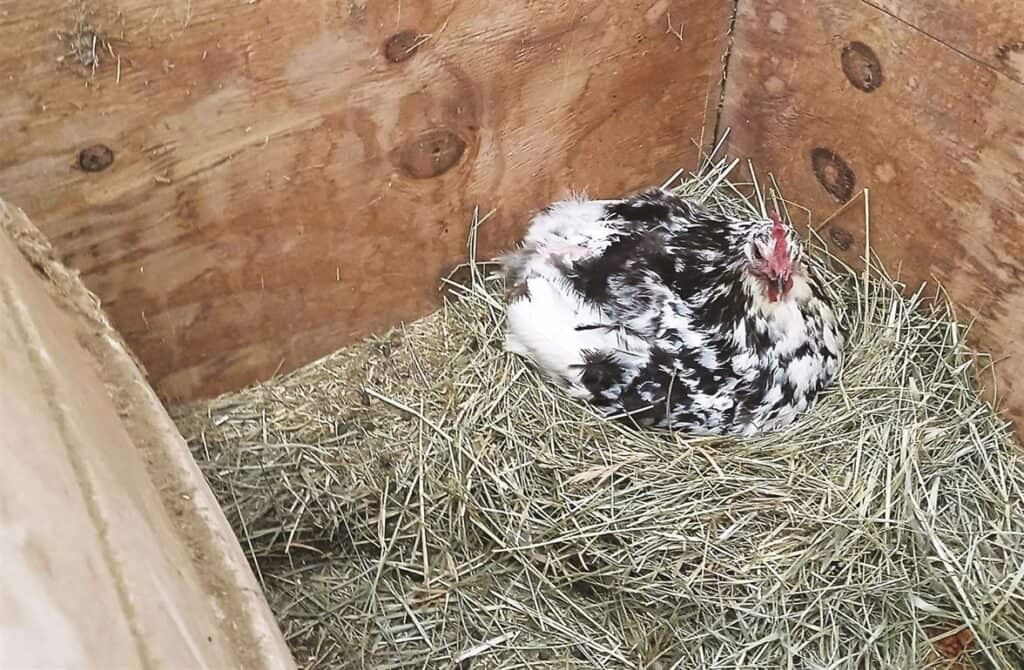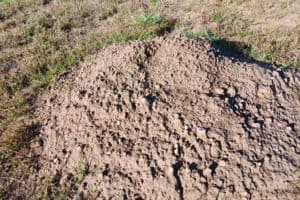Longtime local journalist Bill Radford and his wife, Margaret, live on 5 acres in the Falcon area with chickens, rabbits, dogs, cats, a flock of parakeets, goats and two horses. Contact Bill at billradford3@gmail.com.
Count your chickens — after they hatch
By Bill Radford
Most chicken owners are familiar with a branch of mathematics known as chicken math.
As the Urban Dictionary (urbandictionary.com) explains it, chicken math is “the phenomena that stems from the addictive nature of raising chickens. This specific type of poultry math means that a keeper of chickens will perpetually add to the flock and always end up with more chickens than expected.”
Here’s the complicated formula for our chicken flock this summer: 15 plus 7 plus 1 minus 1 plus 2 (out of a potential 8) minus 1.
So we started the summer with 15 chickens. Then we rounded up seven fertilized eggs and, with the help of friends who raise chickens for sale, had them hatched. Those seven chicks spent their first weeks in a tub in our home office.
So we started the summer with 15 chickens. Then we rounded up seven fertilized eggs and, with the help of friends who raise chickens for sale, had them hatched. Those seven chicks spent their first weeks in a tub in our home office. They quickly grew into teenagers who now live in a coop separate from the grown-up chickens, though they have had some opportunities to interact.

The plus 1 comes from a chick I found wandering about in our front yard. I figured it was an escapee from one of the seven chicks. After capturing it, we took it back to the other chicks only to realize two things. One, the seven chicks were still there. And, secondly, this new chick was substantially smaller, and presumably younger, than the other chicks.
We were baffled. We knew we hadn’t miscounted the original seven and that this chick was too young to be part of the group anyway. So where had it come from? Had one of our hens had a surprise hatching?
After contacting an across-the-street neighbor who also has chickens, we found out the chick was one of theirs, and had made it all the way from its enclosure at the back of their house to across the road and to our property. We returned the chick, of course, which thus makes up both the plus 1 and then minus 1.
The plus 2 comes from another wandering chicken. For weeks, we had noticed one of our hens on the move. We would regularly see her stroll down a lengthy part of the chicken enclosure (what we call the alley), then hop the fence and make her way to our barn. She is one of our newer hens and had lost much of her tail as the other hens somewhat brutally established their pecking order, so we thought maybe she just wanted time to herself. Then she vanished for a few days. We figured she had wandered too far and perhaps a predator had gotten her. And then, surprisingly, she resurfaced.
Maybe, we finally figured out, she was hiding a clutch of eggs and was working to be a mom. We searched, though, and came up with nothing other than one errant egg in the ground near our tack shed. So the next time my wife, Margaret, spotted the hen, she was determined to follow it. And the hen did finally lead her to a clutch of eggs, eight of them, hiding in a corner of the goat stall, behind an igloo-shaped doghouse that we use for a goat house.

As determined as she was to be a mom, we weren’t going to remove her eggs at that point. And one evening a couple of weeks later, Margaret checked on her and heard peeping from the eggs. The next morning, there were two babies. None of the other eggs hatched; thus the plus 2. The mom and babies are now in what used to be a flight cage for our parrot in the garage. One chick is not growing as quickly as the other, so we’re ready to launch a feed-the-baby campaign if need be.
And that brings us to the final minus 1, which is not a happy tale. Around the time we found the wandering chick from across the street, we noticed one of our hens whose face didn’t look quite right. We scooped her up to find one side of her face swollen and her eye on that side either gone or hiding under that swelling; she had either run into something or one of the other hens had possibly pecked her eye out. We tried treating it ourselves for a couple of days, then took her to the vet who commended our treatment but prescribed some better medications, including an antibiotic. We kept the chicken quarantined and for one night she even got to play the momma to that surprise chick. The hen got better for a while and the swelling reduced some, only for the condition to come raging back and for her to die.
Final count, if you haven’t done the math, is we now have 23 chickens. That is 21 hens and two roosters — unless one or more of the newcomers turn out to be roosters. One of the teenagers seemed to be practicing at crowing; we’re hoping it’s just trying to clear its throat.





